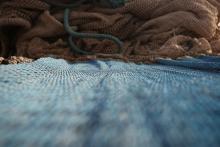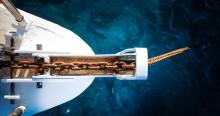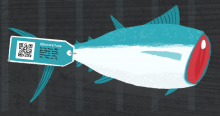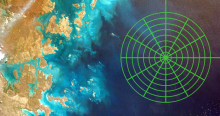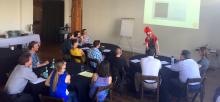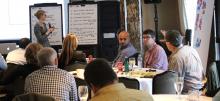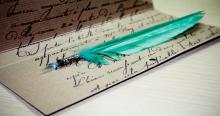traceability
Introduction
Selecting a traceability technology provider — or better yet, a group of them — can be a daunting step for any seafood supplier. That’s why we were thrilled to have veterans of the traceability implementation process join us for a panel called “Finding the One” at the 2017 Seafood Summit in Seattle, Washington.
Tags
Traceability is a powerful tool for suppliers and consumers alike, so why isn’t it more widespread?
We set out to better understand the roadblocks keeping seafood supply chains from adopting full-chain traceability.
Tags
Seafood traceability requires reliable data, but the logistics of creating, transferring, and receiving trustworthy, timely data in complex supply chains can be tricky.
Tags
Expanding on the launch of our Storied Fish research report, The Untapped Potential of Story to Sell Seafood, we caught up with Sean Barrett, Co-Founder of Dock to Dish to hear how spreading the message of “know your fisherman” has allowed restaurants to market Storied Fish at top prices, and has inspired chefs to demand story with their seafood.
Tags
We know them from grocery store checkouts—barcodes and QR codes are ubiquitous on retail shelves. What if that same technology could help us trace our fish? From seafood suppliers and producers to retailers and chefs, the power of technology to promote traceability and storytelling is catching on.
Tags
In part 2 of our 4-part series on how technology can help save the seas (with a little help), we turn our attention to innovations in regulation and enforcement. It might not sound exciting, but these companies are using satellites, aerial mapping, and drones to help fight overfishing and exploitation of the oceans.
Tags
Snapchat, instagram, remote-controlled drones. Technology is speeding along faster than we can install the latest iPhone update. And with so much time, energy, and money pouring into tech, we’re excited to see new innovations that can help our oceans as well.
Tags
When we left off, our teams had just finished presenting ideas, building prototypes, and acting out a version of the world in which their ideas come to life. But it still felt hypothetical. The re-convening—as designed by our for-profit partner Flip Labs is when we nail down real, actionable next steps. It’s here that we begin to strategize about funding, and start the critical transition from “teams” to “Pods”. Let’s dive in.
Tags
Supply chains are messy. They’re made up of a whole jumble of people and places, each with their own sets of priorities, motivations, and needs. And they’re always changing. From the outside, it can be difficult to decipher what’s going on. In a supply chain like seafood, that murkiness means it’s often impossible to follow a fish from ocean to plate. That’s why we don’t try to impact supply chains from the outside.
Tags
Traceability technology entrepreneurs and experts provide recommendations, including four core functions for robust traceability, to combat IUU and fraud in U.S. seafood supply chains.
Tags
Pages



